This move aims to concretize the strategic and breakthrough goals of the Resolution of the Party Congresses of the two localities, which both identified as developing infrastructure and connecting intra-regional and inter-regional traffic - specifically the new Southeast region.
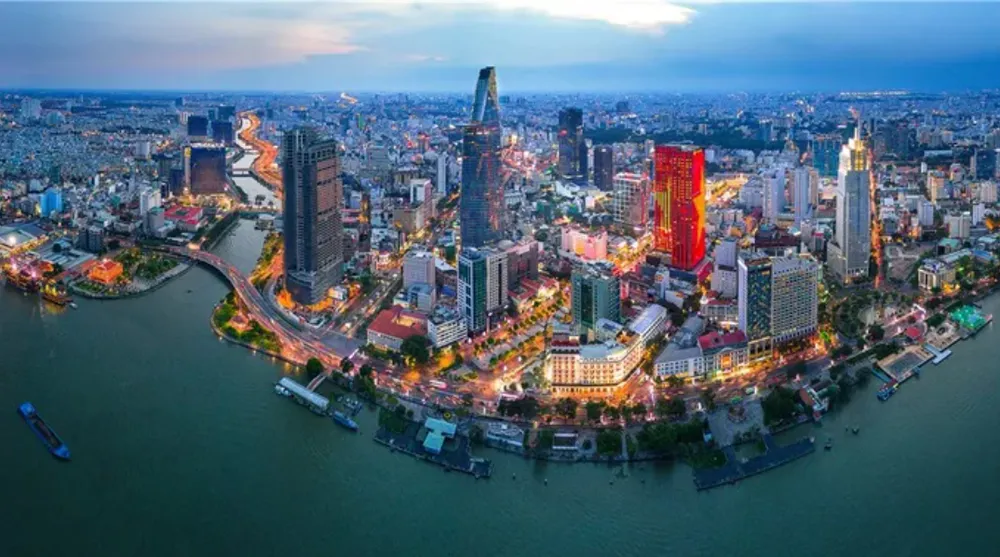
From a growth pole, creating great gravity for the shifts of the whole country, after July 1, 2025, the Southeast region will have 3 remaining provinces and cities: Ho Chi Minh City, Dong Nai and Tay Ninh, continuing to become a development triangle with diffused potentials and strengths.
However, there are three major shortcomings remaining in the region after the reorganization, which are even more evident in the cooperative relationship between Ho Chi Minh City and Dong Nai. That is, great potential but limited mechanisms and policies; strategic infrastructure is not yet appropriate to promote potential, opportunities, and advantages; development space is not yet coordinated, leading to trampling and competing with each other.
Therefore, the authorities should quickly take action to resolve the issue by concentrating their efforts and resources on implementation, choosing the right and accurate way (effective, shortening time), and forming specific products in the next 5 years.
The core and mutually impactful issue is through promoting infrastructure and transportation development to gradually perfect institutional reform; or through pilots and screenings to achieve "institutional progress".
From there, it is possible to expand the development space in both infrastructure and human resources, creating new positions and forces for sustainable growth. For example, in the road traffic infrastructure network connecting Ho Chi Minh City with Dong Nai, the two localities have agreed to replace the ferry with Cat Lai bridge to connect Nguyen Thi Dinh street (Ho Chi Minh City) with Ben Luc - Long Thanh expressway or Dong Nai 2 bridge connecting Ho Chi Minh City Ring Road 3 at the Go Cong - Dong Nai intersection.
To implement the above projects, the BT investment method is being chosen, which is to mobilize private resources to participate in key local and regional infrastructure projects - in line with the current national strategic orientation.
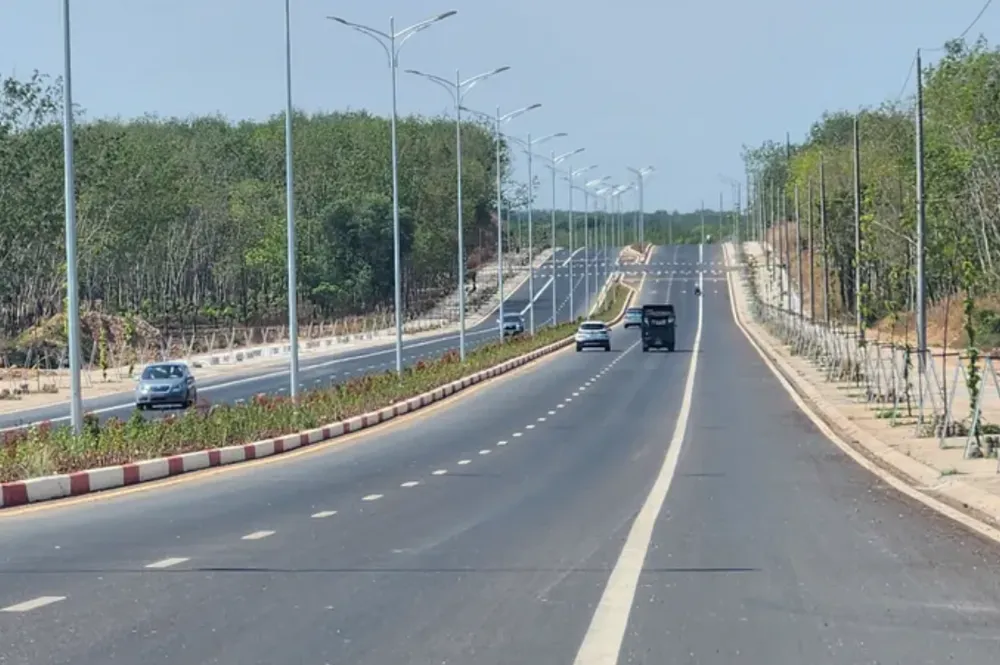
Meanwhile, in civil projects (small scale, more urgent time) the method of arranging public investment capital is used. To develop the railway network, in which Ho Chi Minh City has a resolution on developing urban railways, the investment methods are also more flexible.
Specifically, priority will be given to the public-private partnership (PPP) model for the project to extend the HCMC Metro Line 1 (Ben Thanh - Suoi Tien) through Dong Nai province or the Thu Thiem - Long Thanh railway line, which investors are currently proposing to invest in the PPP model. The investment method and exploitation model need to be based on actual conditions, capacity and sustainable efficiency to serve long-term and practical purposes.
This needs to be monitored, recommended regularly and regulations adjusted promptly, institutions improved so that they can be replicated or legalized nationwide. This is a fundamental solution to remove the three shortcomings mentioned above, especially the overlapping and stepping on each other, which reduces overall strength and competitiveness.
More broadly, this is not only the relationship between institutions and the infrastructure and transportation sectors, but also plays a guiding role in the formation and development of national centers for finance, logistics, seaports, as well as the Cai Mep Ha and Long Thanh Free Trade Zone models in which the two localities have many advantages.
The double-digit growth target is achieved based on these pillars of action, along with the capacity to mobilize resources, effective public and private investment methods, especially promoting the role of private investment capital to ensure self-reliance and self-reliance in the development of the city and the country.
Source: https://www.sggp.org.vn/khi-canh-cua-dong-nam-bo-moi-duoc-mo-post820104.html






![[Photo] Party Committees of Central Party agencies summarize the implementation of Resolution No. 18-NQ/TW and the direction of the Party Congress](https://vphoto.vietnam.vn/thumb/1200x675/vietnam/resource/IMAGE/2025/10/27/1761545645968_ndo_br_1-jpg.webp)
![[Photo] National Assembly Chairman Tran Thanh Man receives Chairman of the House of Representatives of Uzbekistan Nuriddin Ismoilov](https://vphoto.vietnam.vn/thumb/1200x675/vietnam/resource/IMAGE/2025/10/27/1761542647910_bnd-2610-jpg.webp)
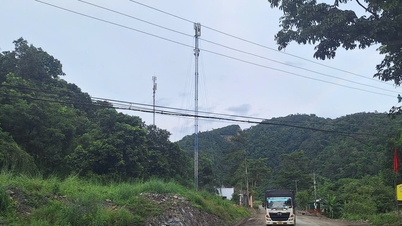

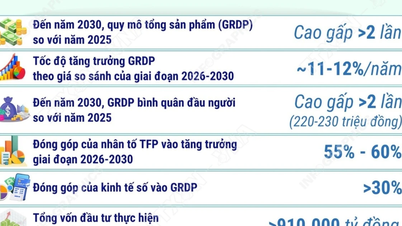

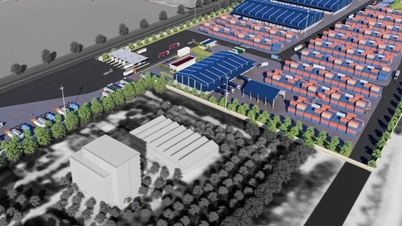


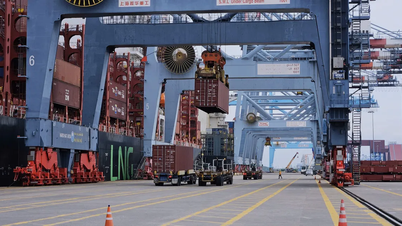



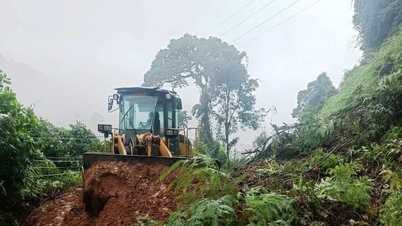

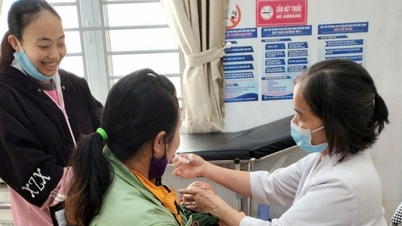

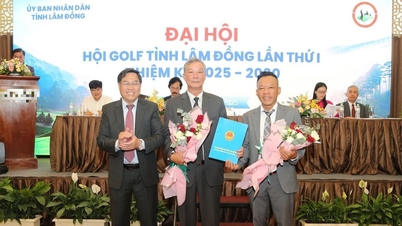





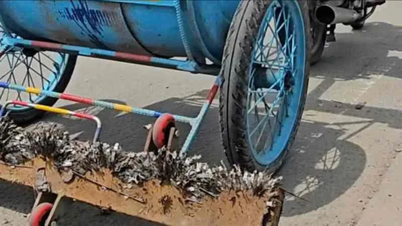
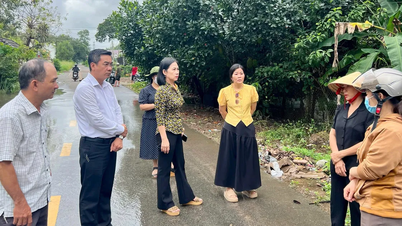
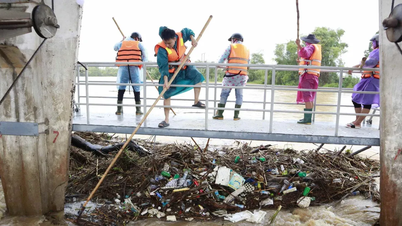

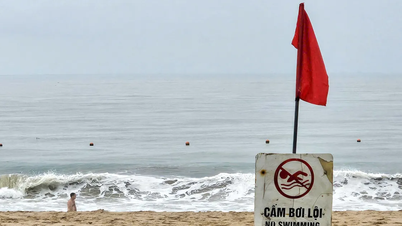
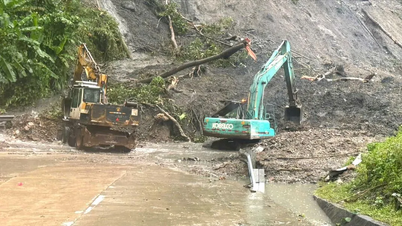
















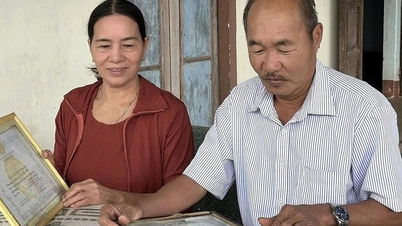
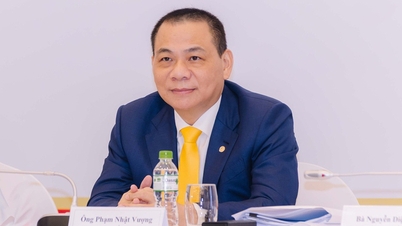



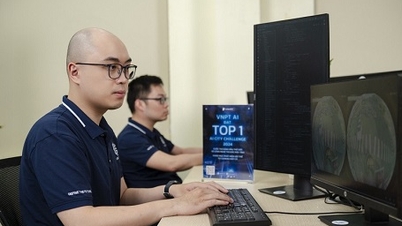



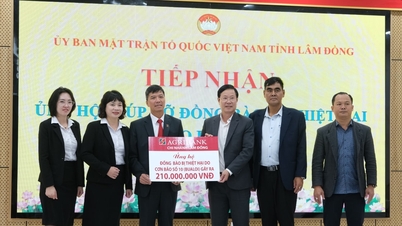


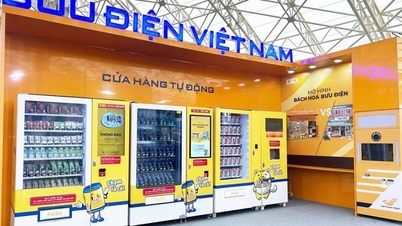

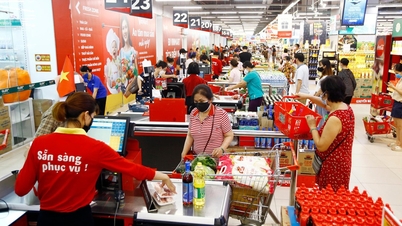






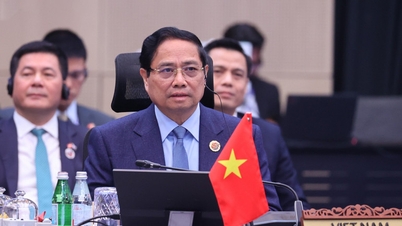

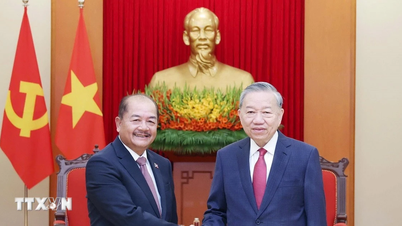


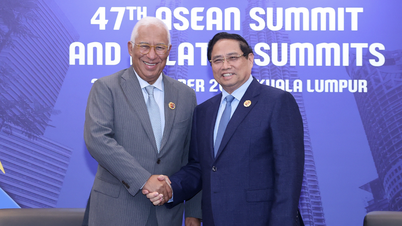

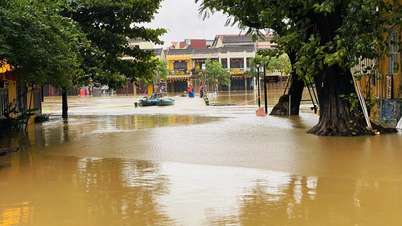

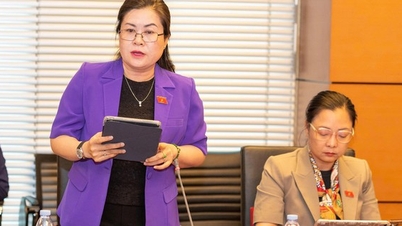






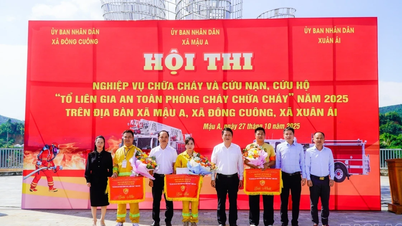

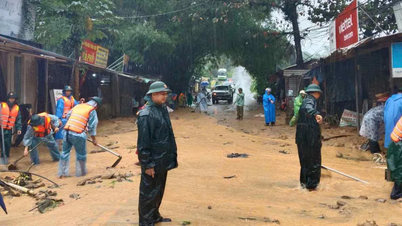
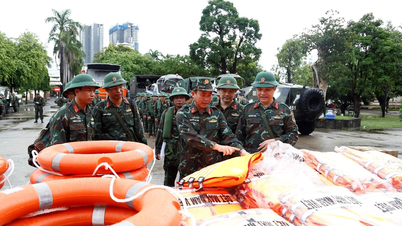

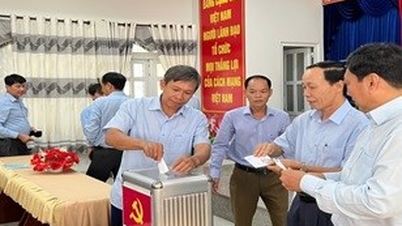












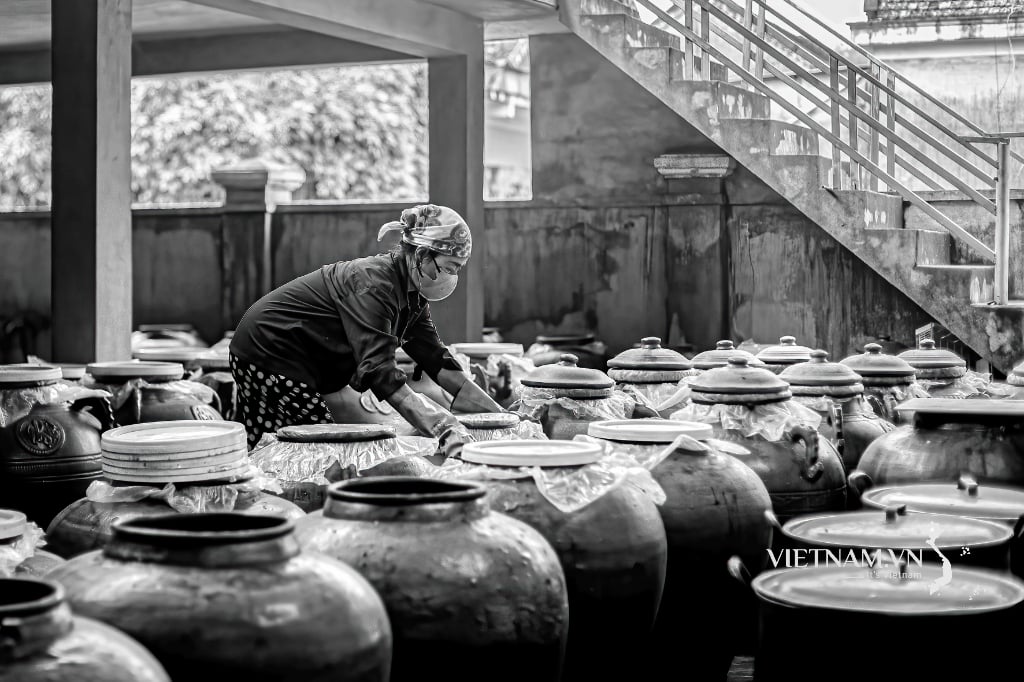


Comment (0)